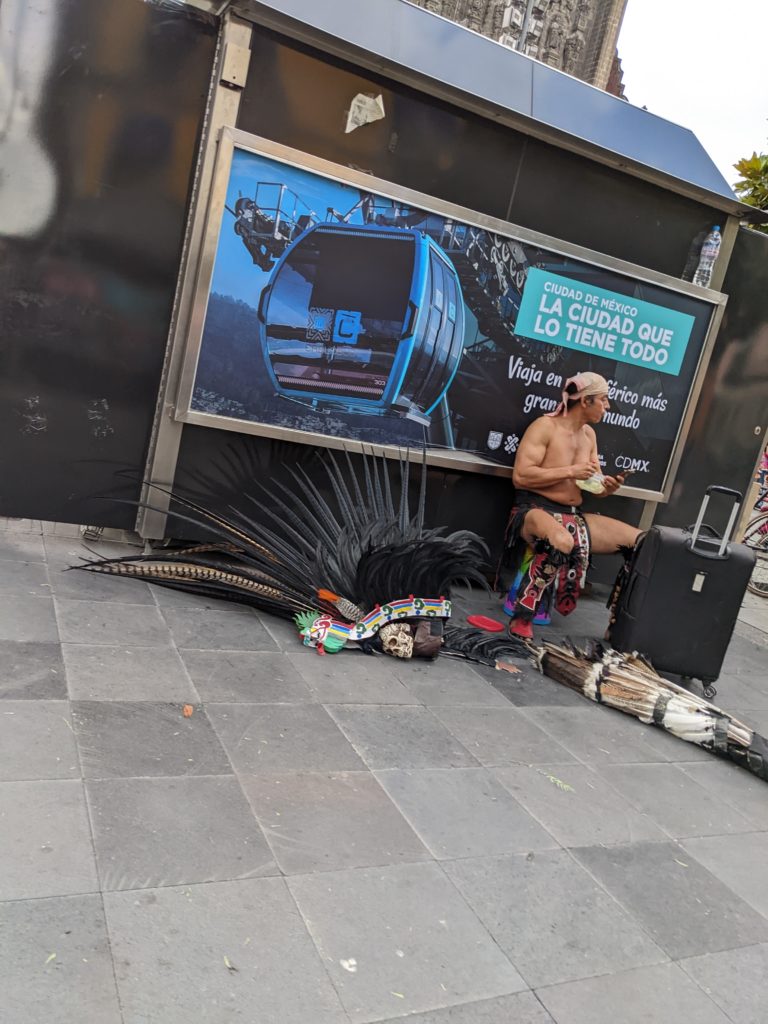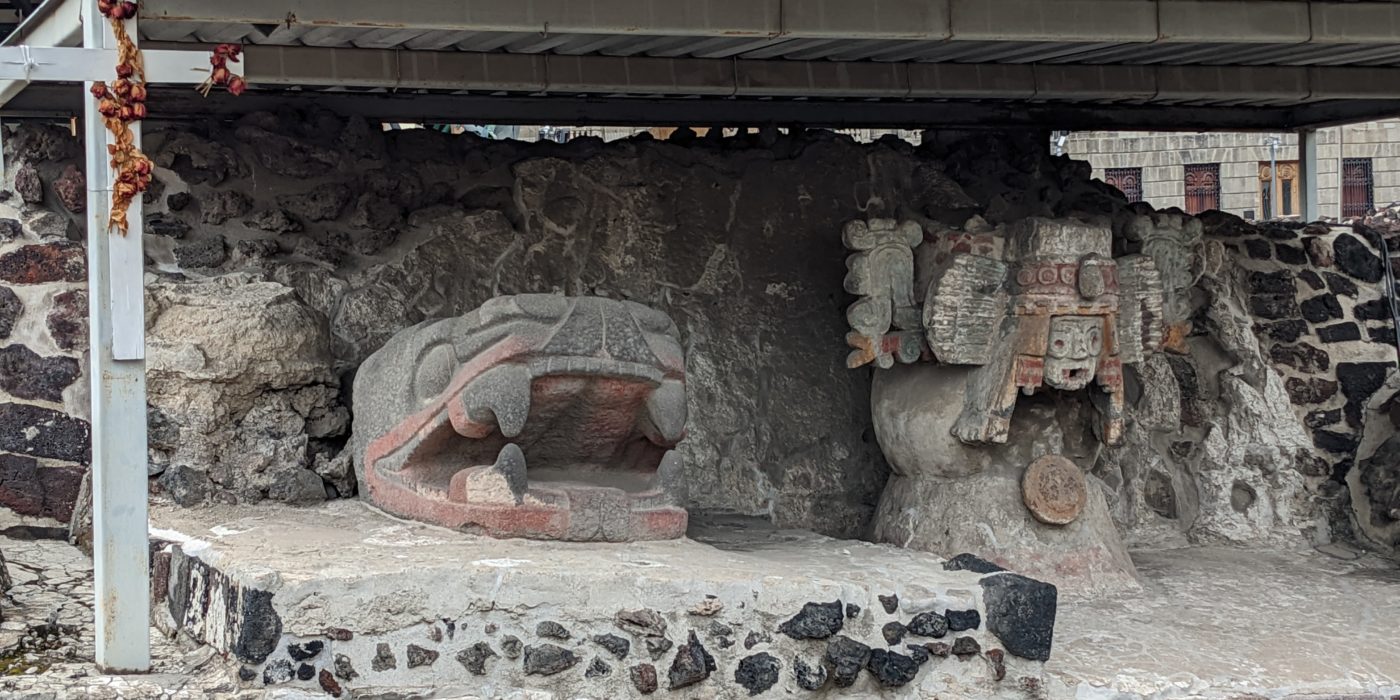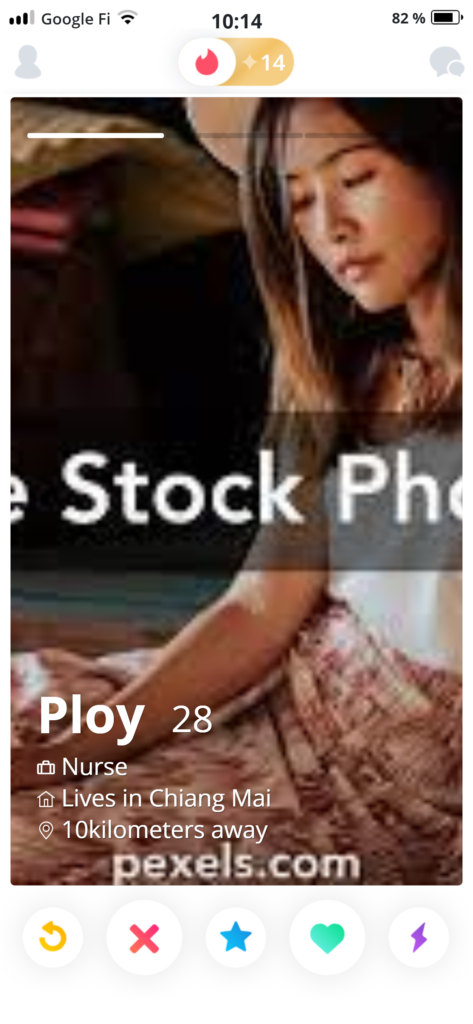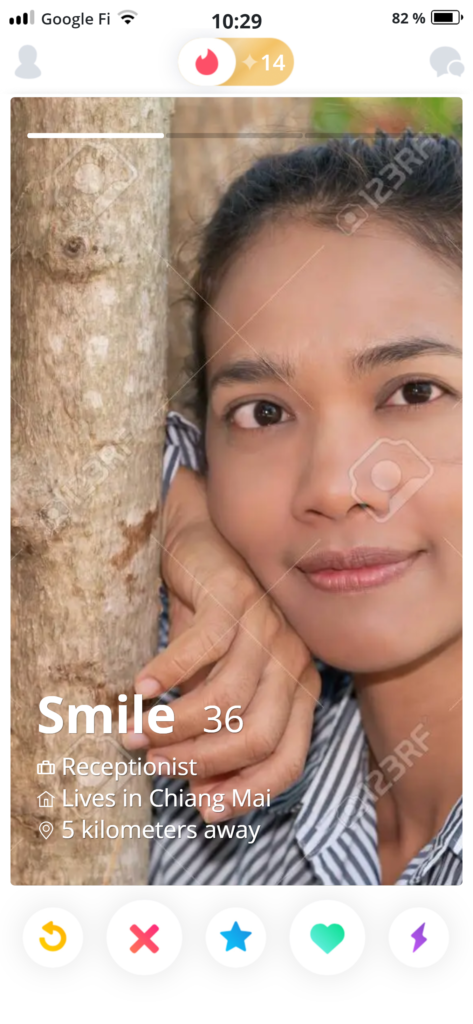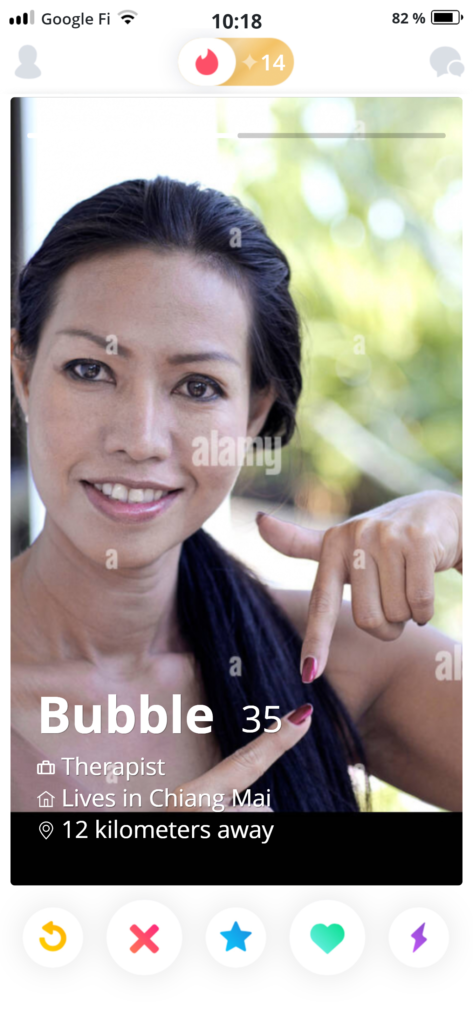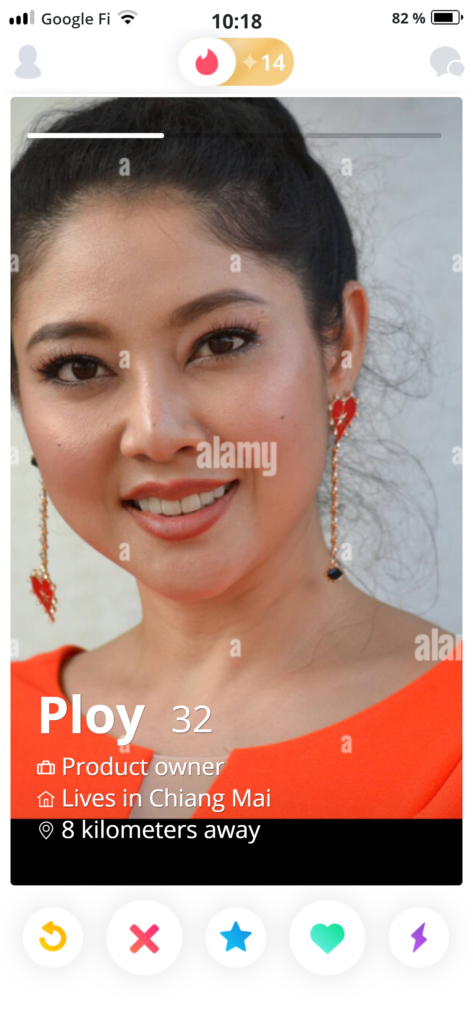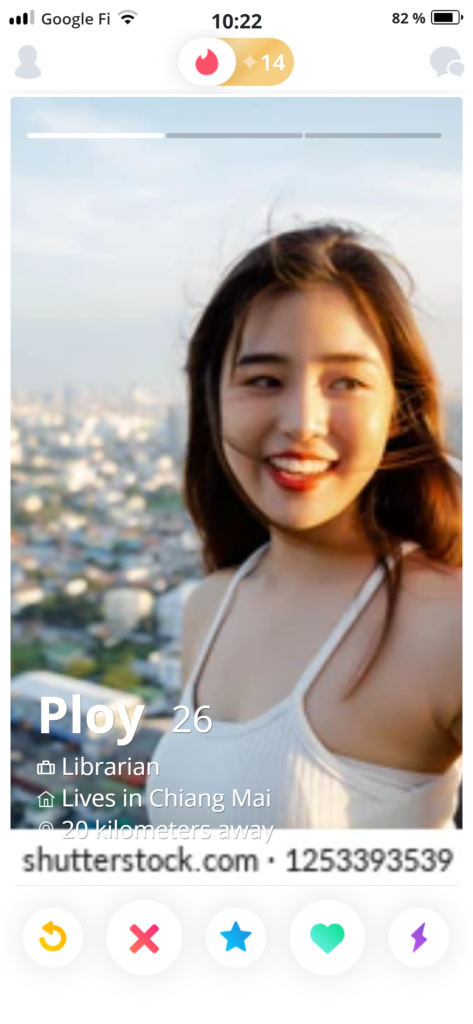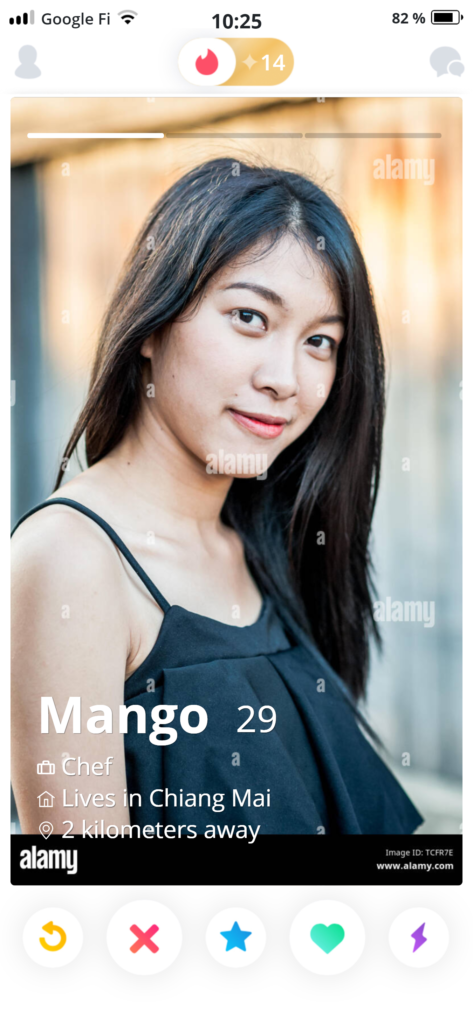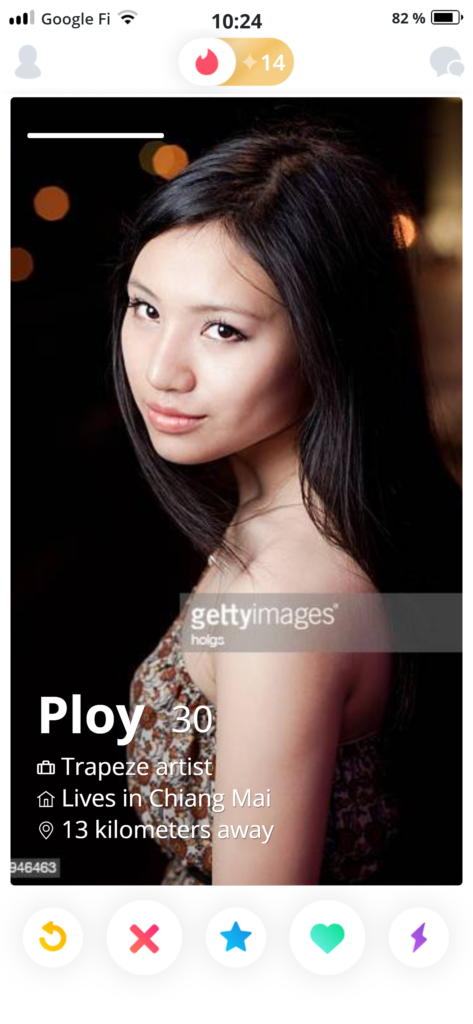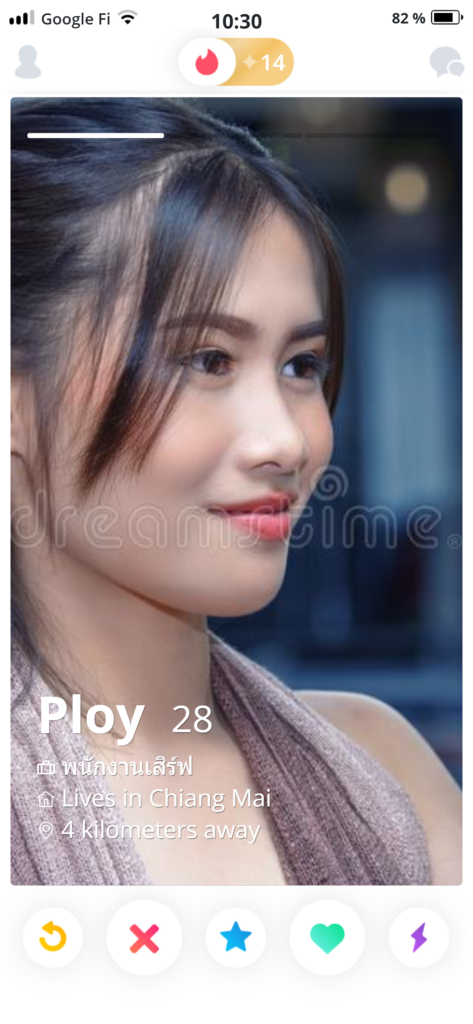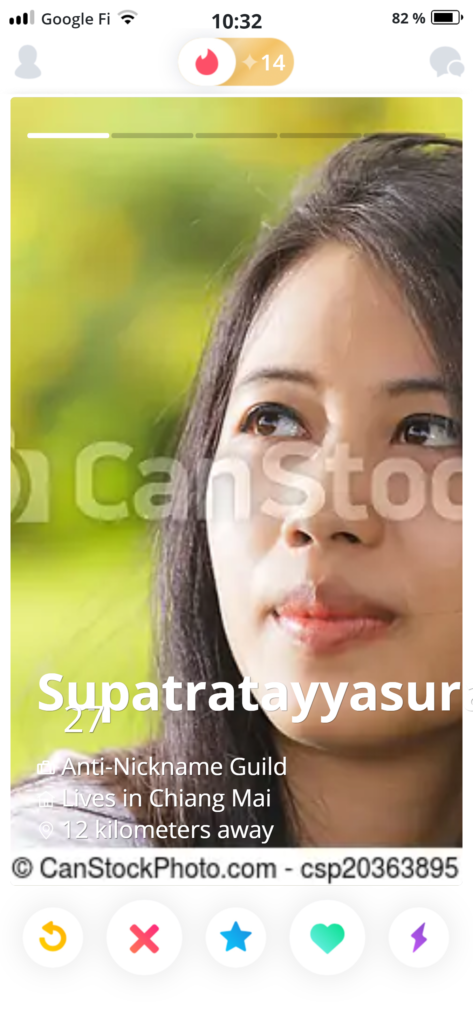You pay five pesos–one quarter USD–for a subway ticket, then ride the blue line until Zocalo/Tenochtitlan Station. Walk north and look for a large courtyard with an old Spanish cathedral. Find Templo Mayor right next to it. Entrance for one person is 85 pesos–four bucks and a quarter–for someone going entirely alone with no partner.
“Templo Mayor” means “main temple” in Spanish, more or less. It was the templo mayor of the Aztec capital, Tenochtitlan. Of course, the Aztecs didn’t call it Templo Mayor. They didn’t speak Spanish. They spoke Nahuatl.
Tenochtitlan was an ancient mega city that started on a tiny island in a lake. As the city grew, they built more islands on the lake and let the water between work as their streets. By the time the Spanish made contact with the city in 1519, it was five times larger than London at that time.
In my opinion, this is the main thing to see in Mexico City. You pay your four bucks and a quarter, then quickly walk through the entrance of the museum until you reach the foot of the ruins of that templo. You stand and you look and you think, which you can do for as long as you want because there’s no one else with you.

Here lies a physical connection between you and an often forgotten half of the human story.
The other early civilizations, the ones of Afro-Eurasia, all formed in various geographic regions that developed some type of connection between them. This is how European sailors used Arabic numerals and Chinese-invented compasses to reach Sub-Saharan Africa.
The Americas were separate. Humans came to the Americas when humans were all hunter-gatherers, long before any civilization formed on the planet. They likely came across a land bridge between modern Russia and Alaska, then this land bridge closed as polar ice melted and sea levels rose.
Because of this, any civilization found in the Americas is precious. They created civilization entirely separate from Afro-Eurasia cultures. Yet, they still developed mathematics and literature and farming and religion and astronomy and markets and social classes and pyramids and so on. They still developed civilization.
By deepening our understanding of the similarities and the differences in the cultures here and there, we deepen our understanding of what it is to be human.
Your mind races with theory and wonder as you look at Templo Mayor. What was it like? What could have been?
You shake your head and take a step back to collect your thoughts. More than anything, you want to capture this whirling storm of ideas and share it with your companion. But you don’t do this, because you do not have a companion.
Instead, you look at the pile rocks for a couple minutes, snap a picture, and then walk back home.

I previously wrote on this website that you don’t enjoy seeing tourist attractions. I’m no longer sure if that’s true, actually. You did not care for The Bund in Shanghai or the beaches in Phuket. But you did enjoy the French Quarter in New Orleans and Haedong Yonggungsa Temple in Busan.
What was the difference? You went with company to the French Quarter and Haedong Yonggungsa Temple, but you were alone at The Bund and in Phuket. You were alone at Templo Mayor.

This is how you travel. Alone. Light. Unattached. Minimal. Everything you own fits in two bags. No kids. Never married. No property. Never settled.
It was exciting when this started at 22. Is it exciting at 37? You still do it, so I guess that’s the answer. The only difference is that now with each trip, you understand that you’re leaving more than just your surroundings.
Templo Mayor has two parallel stairways right next to each other which both lead to the top because it is one temple dedicated to two gods, each with their own half. One half is for Tlaloc, the Aztec god of life-giving water. The other half is for Coatepec, the Aztec god of sun and war.
You feel camaraderie with that temple and its clashing desires. Just in the past year, you’ve been in Thailand, Houston, Santa Fe, New Orleans, Detroit, Seattle, Vancouver, and Mexico City. You’ve been looking for the right place to stay. But when you find the place, will you still want to stay? Can your Tlaloc and Coatepec coexist?
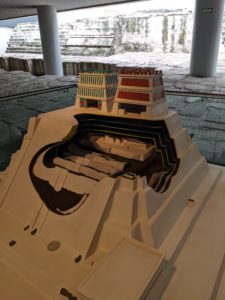
One of your brothers married a woman from a small town in Louisiana, and now that’s where they live. She’s been there her entire life. Her parents live just a bit down the road.
When you see her, she tells you that she’s jealous of the experiences you’ve had, traveling the world and living in different cultures. You tell her that you’re jealous of the experiences she’s had, growing deep roots with one place and its people.
Many of your colleagues have children now. A coworker said to you, “If I was still single, I’d be doing the same thing as you. Just jumping around to different places. But having kids is like an anchor keeping me in one place.”
Neither of you vocalize it, but you both feel a forbidden question floating beneath the surface: “Would you rather not have that anchor?”
You don’t ask it, so they don’t answer it. But when they look at their kids, you can see the answer.
When you first jetted across the globe at 22, time was an abstract idea. Now at 37, time is a visceral entity with definable features. You feel the years. You can hear doors close which may never open again. Have you done this for too long? By taking these opportunities, which ones have you missed?
Once after a flight, you waited for your luggage at the baggage carousel and watched a father around your age as he sat with his seven year old daughter. All of his focus was on her, this bubbly little life he co-created with his partner. She leaned over to whisper something in his ear, then he pulled back and laughed.
When you set up your dating profile on Bumble, it asked you if you want children. You chose the answer “Not sure yet.” That’s what it’s said since you were in your 20s. You’re 37 now. When will you know?
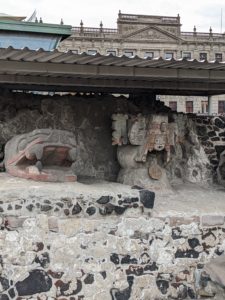
Your inner Tlaloc and Coatepec battle to decide if you want to settle into one location and if you want to have children someday, but they come together to agree on one thing: you at least want the necessary step that comes before children.
The problem is that you’re a 37 year old remote worker in 2023. Most people meet partners through friends, and most people make friends through work. Where’s that leave you?
That’s why you’ve been on Tinder and Bumble for so long. And OKCupid. You tried Skout for a while. When you were in China, you found a Chinese app called Tantan. The premium memberships for Tinder and Bumble are worth it, but not OKCupid. Tantan has more nuances to its membership tiers, but it’s not worth it in the West. Skout is never worth it. Neither are Wapalog or Badoo or Baidu. You did once meet a girl through MySpace, back in the day. She opened the chat with “nice hair.” And then yadda yadda.
As our loyal readers know, you were living in Thailand for the last few years before coming back to the States. You mostly used Tinder there. Swiping right and left across profiles, you’d see plenty of names.
Thai names are long, so nicknames become common. The most common nickname for women seems to be the Thai word “Ploy.” It means “precious gem.” Beyond that, a lot of folks choose English words as nicknames. An average scroll through Tinder in Thailand would see a whole bunch of “Ploy,” some seemingly random English words used as nicknames, and then a rare massively long traditional Thai name. Like this:
The names, you enjoyed. The dating, not so much. There was the lady who flaked on every date, then tried to make it feel like you were the problem. The lady who moved to an entirely different city without ever telling you. The lady who had never seen The Office and said she wanted to watch it with you, then showed up two hours late and instantly fell asleep so that you had to watch the entire first season of The Office alone. You don’t even like The Office.
A lot of crappy stories in those two years, right? And in the two years before that. Perhaps a suspicious amount of crappy stories. How’s that saying go? If you feel like everyone is a problem, then you’re the problem?
How can we make it anymore clear, buddy. You’re the problem.
You could have had all of it already, if you wanted it. The one in college who moved from Alaska to be with you. The one on your first time in Thailand who brought you to see her hometown. The one in China who you instantly connected with but lived just a bit too far away. The one in Texas who asked you not to run away.
You could have had it all many times over. But listen: to commit to a person, you first have to commit to a place. And folks, this boy loves experiencing a new place. And shoot, maybe he’ll find it someday. Maybe the perfect place is out there. He’ll be looking for it. This fool, with his life on pause.
